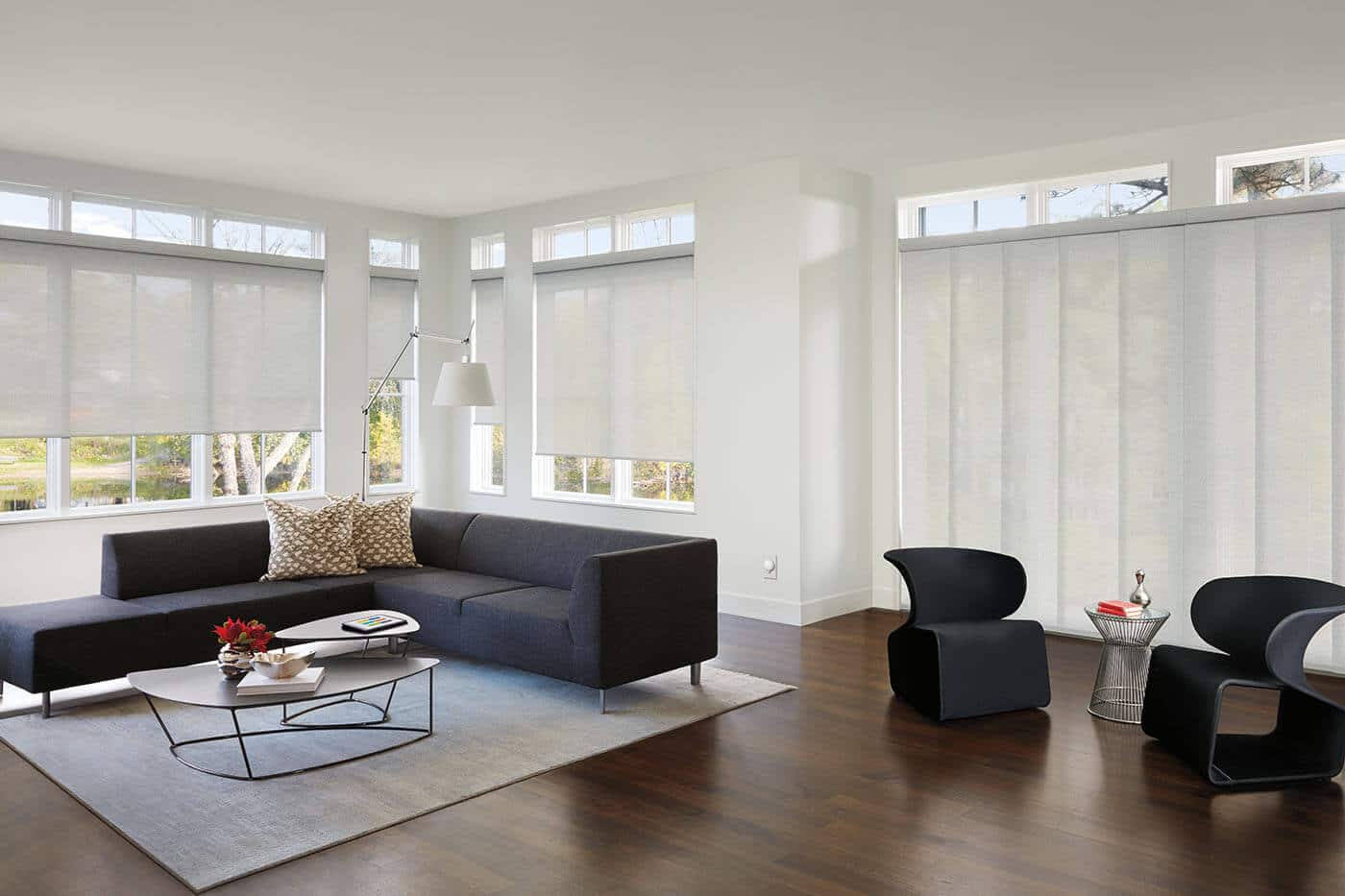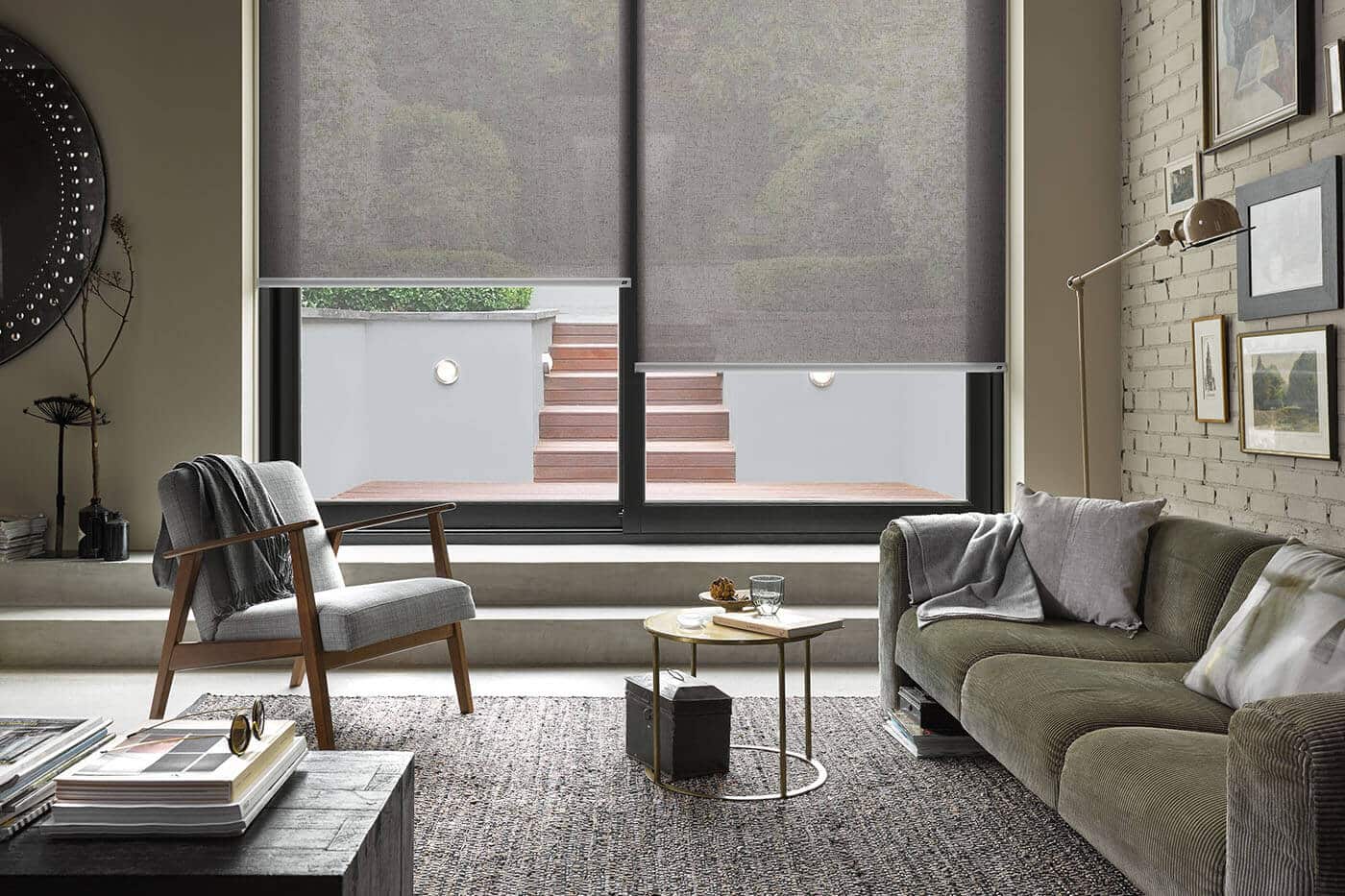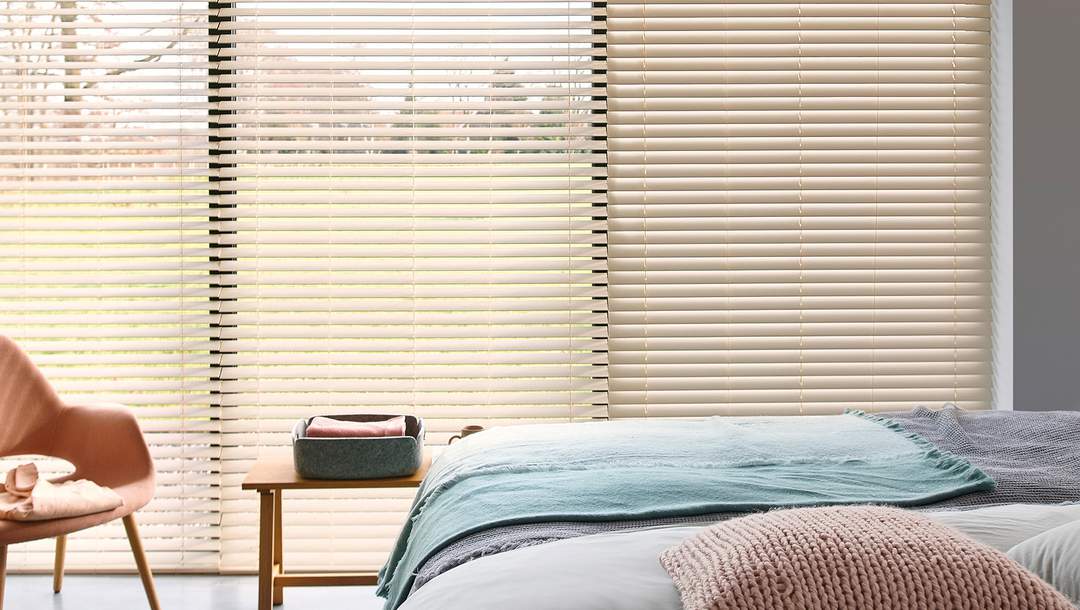In this Panel Glide Blinds Guide, we will uncover the simplicity and modern elegance of…

Decorate Your Windows with Roman Blinds for the Summer
Those uninteresting sunblock shades that cover your windows may have been the best insulation panels in your winter and spring decorations, but now that the sun’s sitting high in the sky over the Land Down Under, it’s high time you undertake an emergency home makeover and decorate your windows with roman blinds for summer loving in Oz.
Flat Roman Shades for Simplicity
Roman blinds are made of either constructed or unconstructed fabric panels. Constructed flat roman shades have its panels sewn together and inserted with a back bar every 6 to 8 inches apart. In contrast, the unconstructed flat roman bind is made from a single sheet of fabric without panels or bar inserts. It’s preferable that these shades are made from printed fabrics that don’t follow a symmetrical or geometrical pattern. Both types of flat shades stretch out and completely cover your windows.
Relaxed, Butterfly and Balloon Roman Blinds
This trio of Roman shades doesn’t have panels or pleats, but they’re folded and sewn with curved bottoms and double wings. Relaxed Romans look similar to unconstructed types, but they’re rolled up or down instead of neatly folded into six-inch panels. Some people call them soft blinds or London shades. Because of their looseness in structure, these blinds need two pouffes to cover windows wider than 54 inches. These shades can be rolled down to fully cover the window. The butterfly type looks similar to the Relaxed and Unconstructed Flat Roman shades except for the bottom swag, which has gathered folds of fabric on each end that look like butterfly wings. The folds may be sewn together as a permanent design or clipped into a bunch when you want your windows shaded only halfway. The decorative balloon roman shades look different from the other styles. A pair of inverted box pleats at the top pushes the front panel outward and forms a soft scalloping at the bottom. This Roman shade hangs over a quarter of each window when rolled up and open. To cover the rest of the window, loosen the folds behind the shade and let it fall under the scalloped front. Because of its complicated design, Roman blinds of this type are mounted outside of the window frame and used only for special occasions.
Asian-Inspired Shades and Austrian Roman Blinds
Tucked or pleated Roman shades have this flowing design that’s characteristic of Zen philosophy. They’re constructed flat roman blinds with smaller folds measured 4 to 5 inches apart. They have rod and dowel inserts, which are thinner and more flexible than bars, but no less firm and strong in providing a skeletal structure for the shades. When raised, the panels gather into a single stack on top. When released, the cascading panels smoothly cover the windows like a series of waterfalls. Opposite from the Asian-inspired pleated shades are the Austrian Roman blinds, which are the most expensive of them all. This type makes use of several layers of fabric separated into vertical and horizontal sections by ruched garters. Like the butterfly blinds, the Austrian Roman blinds have scalloping at the bottom and they were only mounted inside during special occasions.
Faux Romans and Soft Fold/Waterfall Shades
You can shade your windows with faux romans, but they’re generally static. They’re the least expensive option for decorating your room with roman blinds for summer time. You can play with your choice of fabric for the panels and attach clips or fasteners at the back of each panel to keep them in place. In comparison, soft folds or waterfall Roman shades feature permanent folds that look the same whether or not the blinds are raised or lowered. These styles or types of Roman blinds have their specific uses. Find out which of these shades would look good on your windows.
Contact us to schedule a personal in-house consultation with our Sydney designers who’ll come visit your home and provide personalised recommendations.


